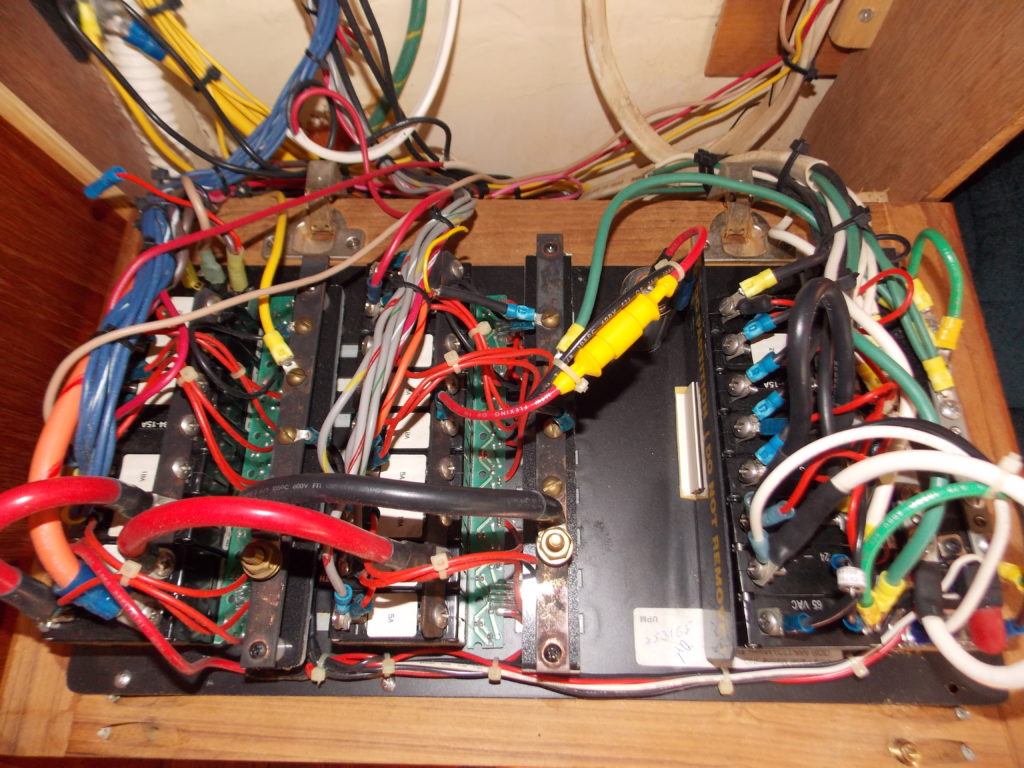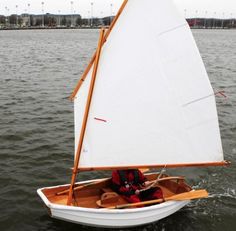
By Pat Reynolds, ASA
Opinions Matter
-
Everyone has a different opinion in this world of sailing.
When I got my first cruising boat, a Catalina 30, I quickly realized this thing was full of systems I knew nothing about. The motor wasn’t running and what I knew about fixing diesel engines could fit on the back of a business card; and there were many other areas that I needed to address. That’s okay; I can call a professional! The next thing that became clear was that no two people in this world seem to agree on anything. There were so many tradesmen who were self taught or had learned from an informal “passed-knowledge” kind of a way, that consensus was hard to find. I got through it by leaning on and following the recommendations of fellow-sailors who seemed experienced, reasonable and logical. It’s something that makes ASA so important. I know it sounds like shameless promotion, but this idea of an agreed upon way to do things and a measurement/certificate of success just makes sense. Are these methods beyond reproach? Not at all, but a recorded system built on an accord of what’s right is inevitably and obviously better than one giant telephone game.
The Boat Sinks, 5 Things Learned
-
If you don’t plug the drain plugs in, the boat sinks!
When sailing dinghies, you must remove the drain plugs when you pull the boat out of the water to suck out all that splash water from the bilge. If you’re like me, you throw the plug(s) into a spot on the boat that will instantly become invisible. And if you’re really like me, you’ll forget to put the drain plug back in when you next launch the boat. If you’re really, really like me, you won’t notice the boat is filling with water and you’ll drive your truck away and park it. When you return, the boat will be, oh, about half full. It’s this moment where you have to make a quick decision. Your first option is to stare in shock as your pretty boat looks at you wondering what in God’s name you have done. A better option is to sprint to your truck and see if you can salvage this very embarrassing situation. I’ve done it twice, and twice I’ve been able to get that heavy thing enough on the trailer to pull it up and drain out the water and, then, uh, put the drain plugs in…Oh, one piece of advice if you happen to do this yourself. Don’t look up. Yes, people are looking and yes they want you to look. Don’t do it.
Reef Early
-
Reef isn’t just the name of the restaurant down the street.
At some point most sailors ask themselves: “Do I know how to reef this thing?” From there, there are two kinds of sailors. Ones that read and test and figure it all out for, when the time comes, they are ready to adjust. And then there are the ones that watch the white caps build and look at that very distant shore and think, “is the red line the reef?” It is of course because it’s the only one you’ve never used. This next course of events will either go horribly wrong where this new red line doesn’t make any sense and this boat is really heeled over. You hear pots falling on the cabin floor but you’re pretty sure you don’t have any pots on board. The other possibility is that everything works and you have a lovely epiphany – reefing isn’t that hard and now 18-knots is not terrifying… it’s actually fun!
Be Flexible
-
The plan has to be flexible.
Sometimes, maybe most times, when you plan an extended sailing trip, you set departure, arrival and return dates and times based on what’s happening in life. Maybe it’s something to do with the kids, or work, or some other pending commitment. We get it, but it’s important to understand that remaining flexible when it comes to sailing is something that has to be part of the equation. This activity revolves around an uncaring and, at times, selfish woman. She doesn’t care about your Monday presentation. She never did and she’s more than happy to let you know how much she doesn’t care. So many negative experiences derive from trying to return to adhere to a schedule. The flip side works too. I remember setting out with my semi-sailing girlfriend (and dog) to spend some time on an island 30-miles away. It was a seaworthy open 21-foot catamaran that could handle ocean conditions but five miles in it was getting sketchy. I put in a reef and settled in but the girl and dog were getting drenched, the boat was bouncing all over the place and a voice in my head said, “Turn back, man.” It probably would have been a story to tell, but I’m not sure hers and mine would have been the same.
-
People need direction even if it means telling them to do nothing.
Too Laid Back, 5 Things Learned
I’m a laid back skipper. I don’t like to make people feel they are in my classroom or worse, working a day job for me. I usually let them help if they want to or relax and enjoy, if that’s what they’re after. However, I once learned a lesson while docking my boat that made me not want to be too laid back.
I was pulling into a two-boat-length-long, end-tie slip with my neighbor’s docked boat in front of us. Didn’t say much to my non-boating buddy who was at the ready. I had pulled the boat in single-handed tons of times so I didn’t feel the need to say much. What I didn’t understand was that he thought he needed to help. I didn’t tell him he did not need to help.
Upon reflection, it’s only natural that he would think what he thought – it’s one of those things that seems like you should pitch in and lend a hand.So, as I started to saddle up to the dock, he jumped off the boat onto the dock with bowline in hand as I was still at the helm. Uh oh. “Just grab a stanchion,” I said calmly, but knowing immediately he wouldn’t know what a stanchion was. At that moment he yanked in the line, and the bow of the 32-foot cruiser came in and the stern went out. I felt like someone was pushing me on a rope swing. I told him to let go, hit reverse and took another pass. It all worked out fine but it made me realize even telling someone to do nothing is sometimes important.
Let’s Go Sail Toward 5 Things Learned
Scroll down Rates and pick a day for a sailboat charter. Scroll down Reviews on Trip Advisor. Go back to the Home Page of Williamsburg Charter Sails.
5 things learned 5 things learned 5 things learned 5 things learned





